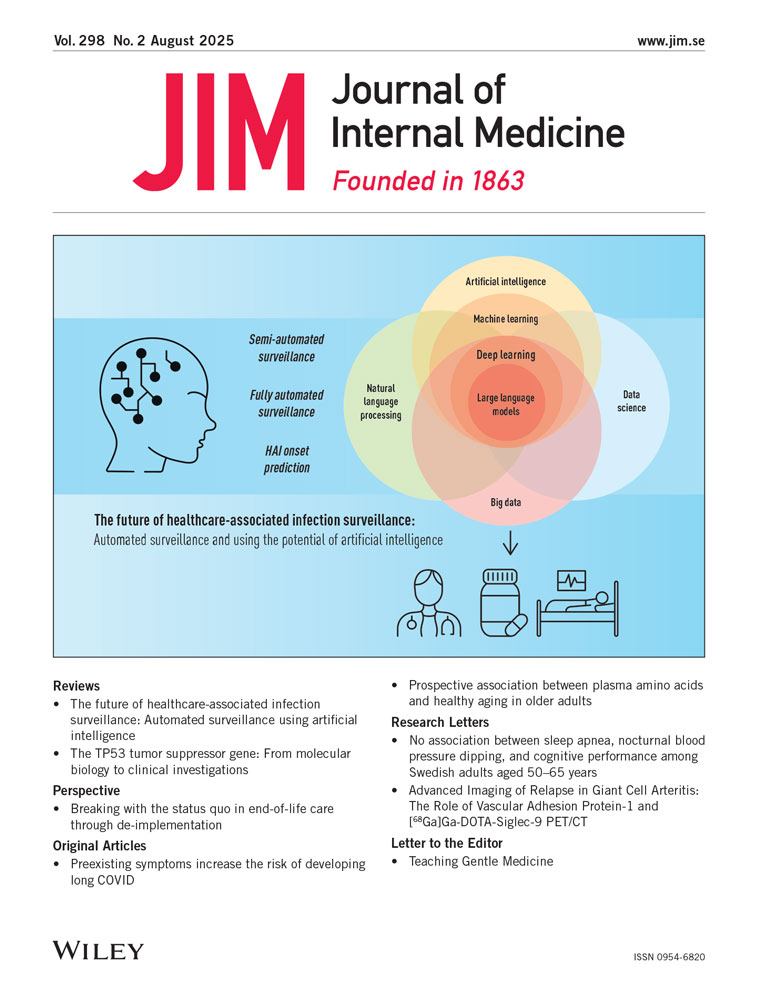Immunosuppression and the Additive Effect of Plasma Exchange in Treatment of Rapidly Progressive Glomerulonephritis
Abstract
ABSTRACT. Attempts were made to evaluate the separate effect on kidney function of immunosuppressive treatment (IS) and plasma exchange (PE) in 27 patients with rapidly progressive glomerulonephritis (RPGN). Twenty-four of the patients were treated with PE. Initial IS was supplemented with PE within 6–12 days in 5 patients, and after at least 14 days in 13. Because of suspected septicemia, 2 patients were first treated with PE, and IS was not initiated until the possibility of septicemia had been excluded. In 4 severely ill patients with rapid clinical deterioration, both treatments were started simultaneously. Twenty patients improved during one or both treatments, 4 with IS alone, 2 with IS and doubtfully with PE, 3 with IS and probably also with PE, 5 both with IS and PE and one with PE alone. In 5 patients the individual effects of IS and PE could not be evaluated. In another 2 patients the combined treatment seemed to influence the course favourably. In the remaining 7 patients the effect of the treatment was doubtful or nil. Two further patients with Goodpasture's syndrome were treated. They were admitted late, and both kinds of treatment were instituted simultaneously. One of them died in respiratory insufficiency, the other remained oliguric while the pulmonary changes faded. Thus, PE added a postive effect to IS in several patients with RPGN. The treatment had few and mostly mild side-effects.
Abbreviations:
-
- RPGN
-
- rapidly progressive glomerulonephritis
-
- NC
-
- non-collagenous
-
- C
-
- collagenous
-
- GP
-
- Goodpasture's syndrome
-
- IS
-
- immunosuppressive treatment
-
- PE
-
- plasma exchange
-
- RDT
-
- regular dialysis treatment.




